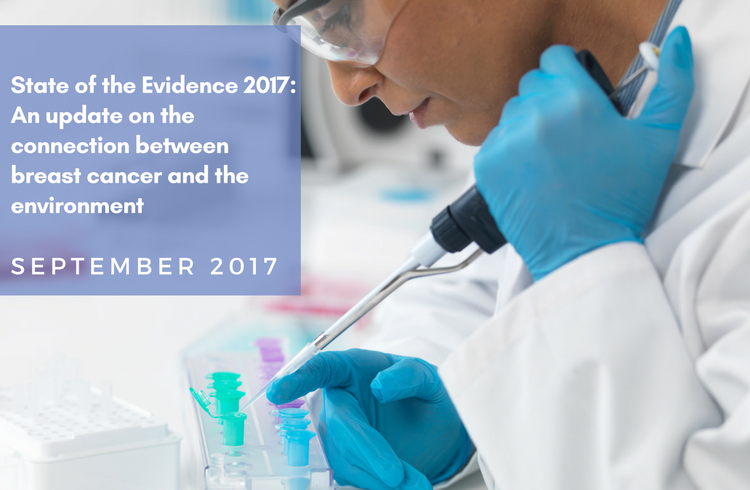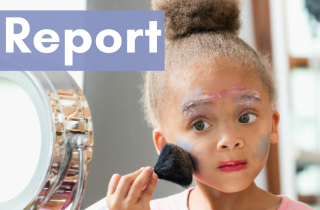State of the Evidence 2017

At a Glance
Background: In this “State of the Evidence” review, published in the journal Environmental Health, we examine the continually expanding and increasingly compelling data linking radiation and various chemicals in our environment to the current high incidence of breast cancer.
Abstract: Singly and in combination, these toxicants may have contributed significantly to the increasing rates of breast cancer observed over the past several decades. Exposures early in development from gestation through adolescence and early adulthood are particularly of concern as they re-shape the program of genetic, epigenetic, and physiological processes in the developing mammary system, leading to an increased risk for developing breast cancer.
Read our executive summary
Download the full pdf
Access our other papers published in the journal New Solutions
Work and Female Breast Cancer: The State of the Evidence, 2002–2017
Work and Breast Cancer: Recommendations to Address Research Needs
An update on the connection between breast cancer and the environment
Since 2002, BCPP has published multiple editions of “State of the Evidence” linking toxic chemicals and radiation with breast cancer incidence. The peer reviewed journal IJOEH published our comprehensive review of the relevant literature in 2009. In the 8 years since then, hundreds of new papers have been published supporting the connection between environmental exposures and breast cancer, and the evidence on this topic is more extensive and of better quality than that previously available.
The evidence cited in this review reinforces the conclusion that exposures to a wide variety of toxicants – many of which are found in common, everyday products and byproducts – can lead to increased risk for development of breast cancer. It makes the case for everything we do at BCPP.
The review describes our methodology for the literature review, outlines critical concepts that frame the data and then divides the evidence into 7 major areas:
- Hormones: Pharmaceutical agents & personal care products
- Endocrine disrupting compounds (EDCs)
- Hormones in food: Natural and additives
- Non-EDC industrial chemicals
- Tobacco smoking: Active and passive
- Shift work, light-at-night and melatonin
- Radiation
As concluded by the reports of the Presidential Cancer Panel and the Interagency Breast Cancer and Environmental Research Coordinating Committee, it is critical to recognize the growing literature demonstrating connections between exposures to environmental toxicants and later development of disease, including breast cancer, and to prioritize prevention both at the research and the public health levels.
Support BCPP Research to Make Our Health a Priority
BCPP does groundbreaking research to convince lawmakers and corporations that our health is a priority. Support our work!




